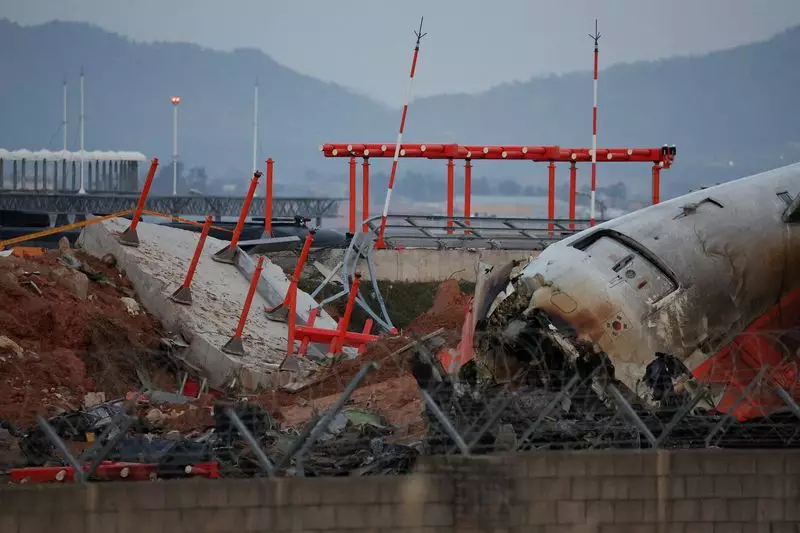The plane crash of Jeju Air flight 7C2216 on December 29 marks a somber chapter in South Korean aviation history, resulting in the tragic loss of 179 lives. As the deadliest air disaster on domestic soil, it has drawn intense scrutiny and a comprehensive investigative response. The South Korean Ministry of Transport announced that a preliminary report on the incident is expected to be released shortly. This tragic event not only emphasizes the need for rigorous safety protocols but also highlights the challenges faced by aviation authorities when ensuring the safety of flights, particularly concerning environmental factors such as wildlife interactions.
One critical focus of the investigation will be the potential role played by a bird strike in the crash. According to initial reports, as the aircraft was preparing to land at Muan International Airport after traveling from Bangkok, the pilots reported bird sightings and later declared a mayday due to a suspected bird strike. Such occurrences are not uncommon in aviation, but the implications of their severity can vary dramatically, especially when combined with other variables. Indeed, the Ministry of Transport stated that analyses from U.S. and French aviation experts would be integral to understanding the cause and assessing the needs for future preventative measures.
The collaborative effort between South Korea’s transport authorities and international investigative bodies illustrates a commitment to uncovering the truth and improving aviation safety standards globally. Not only will the findings be shared with the International Civil Aviation Organization, but they will also engage stakeholders from the United States, France, and Thailand. This kind of international cooperation is crucial, particularly when it comes to managing risks associated with air travel. Understanding the specifics of the flight’s data and cockpit communications, which unfortunately ceased just before the crash, will be paramount in piecing together the events that led to this disaster.
Surveillance footage from Muan International Airport provides additional dimensions to the investigation but raises questions regarding the clarity of the visuals. The video indicated contact with birds, confirming the pilots’ reports, yet it was too distant to yield definitive answers about the severity or timing of the encounters. This evidence, combined with the recovery of duck feathers and blood from the aircraft’s engines, further complicates the incident’s narrative and raises vital questions about the preventive measures currently employed in aviation.
Moreover, the investigation has prompted an analysis of the crash’s surroundings, particularly a concrete embankment present at the accident site. Experts opine that the embankment may have significantly contributed to the high casualty rate by providing a deadly point of impact. As a response, the ministry has slated the removal of this structure, showcasing a proactive approach in addressing aerospace safety measures. This concern transcends the immediate tragedy, marking a necessary shift in how aviation infrastructure could mitigate future risks.
The Jeju Air crash not only serves as a tragic reminder of the vulnerabilities present in air travel but also underscores the critical importance of unwavering attention to safety in aviation. Moving forward, the insights gleaned from this incident will hopefully catalyze more substantial reforms that prioritize both flight safety and environmental considerations, ensuring that tragedies of this scale are neither repeated nor forgotten.

